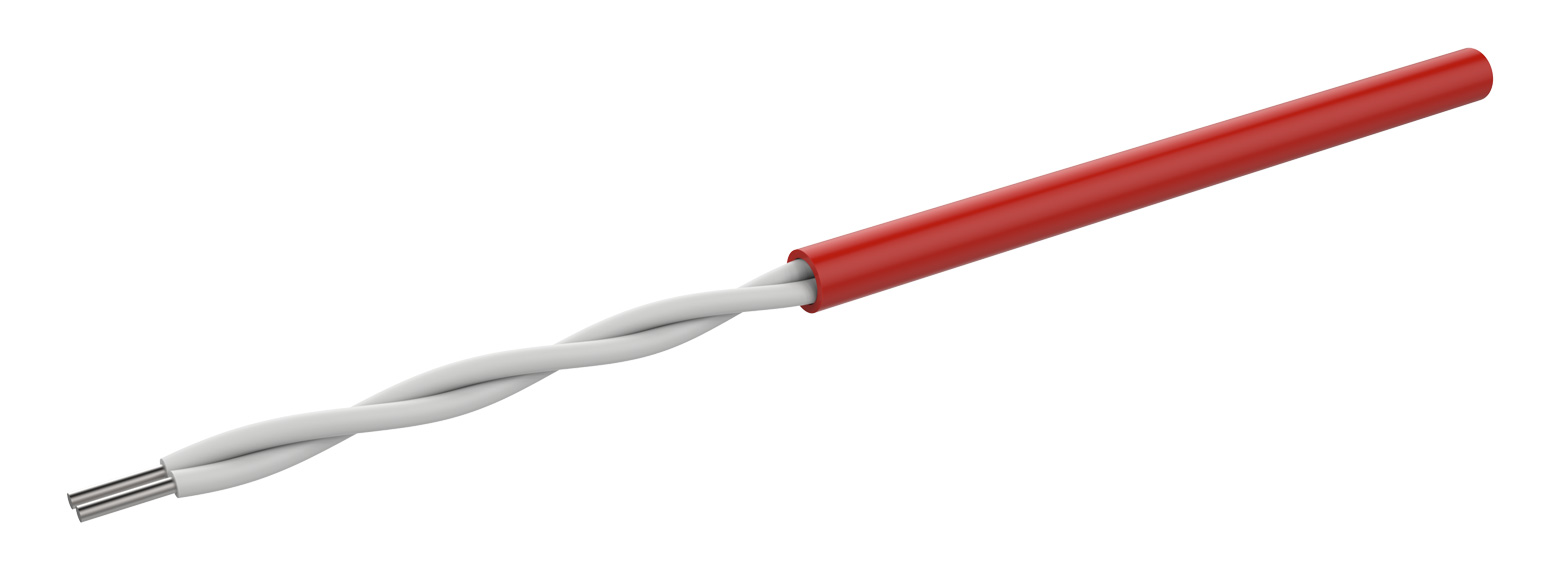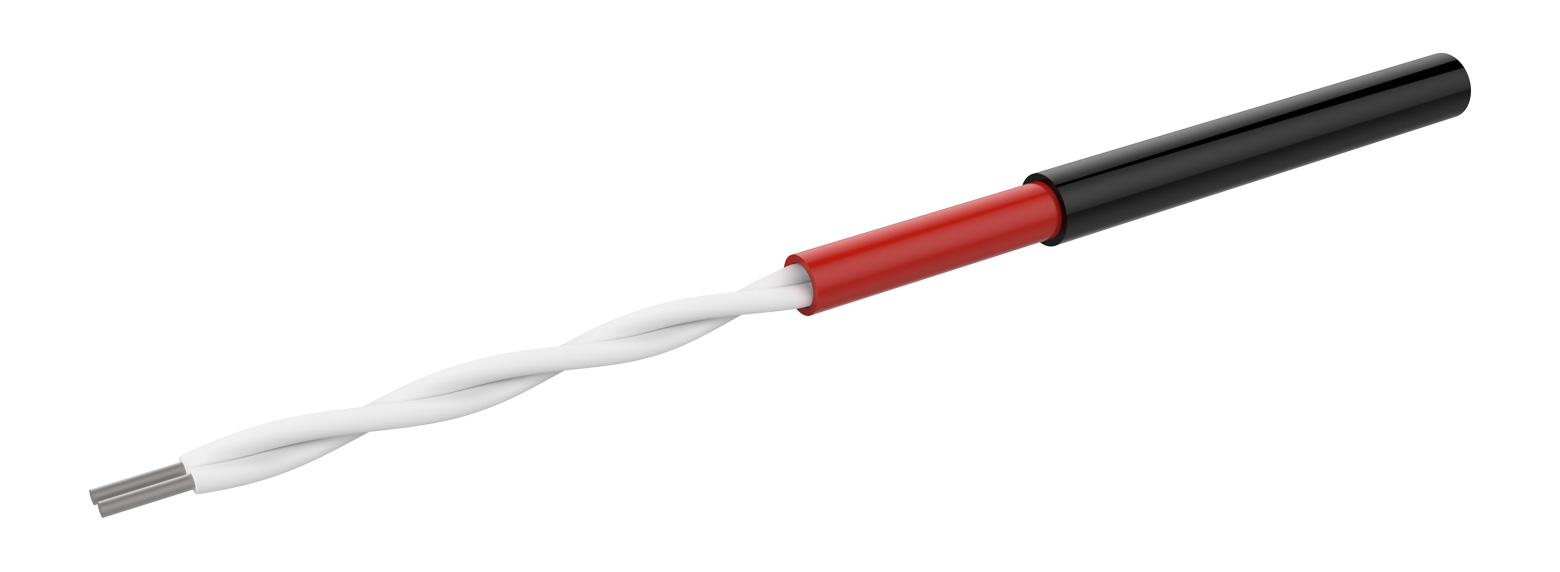Switchgear is a generic term that covers the combination of electrical disconnect switches, fuses or circuit breakers used in electric power systems to control, protect and isolate electrical equipment. Switchgear is generally used to de-energise equipment to allow work to be carried out and to isolate the supply in the event of a fault, but the term switchgear can also cover devices associated with the control, metering and regulating of an electrical power system.
Switchgear is directly linked to the reliability of an electricity supply and is used in a wide range of applications, from residential properties to large scale, extremely high-voltage power distribution systems.
In larger applications switchgear is responsible for carrying, making and breaking the normal load as well as metering and regulating the various parameters of an electrical power system. Therefore, switchgear for applications such as these includes circuit breakers, current transformers, voltage transformers, protection relays, measuring instruments, electrical switches, fuses and other pieces of associated apparatus.
There are many different types of switchgear. In particular, gas insulated switchgear (GIS) systems, in which pressurised sulfur hexafluoride gas insulates conductors and contacts, can be extremely effective. However, other common switchgear systems include oil insulated and vacuum switchgear.
What are the Fire Risks Associated with Switchgear?
There are a number of fire risks associated with switchgear apparatus, including:
- Loose connections (or terminations) can cause switchgear to overheat. Cable failure can cause sparking.
- Poorly maintained equipment can also be prone to overheating or sparking.
As well as this, gas insulated, oil insulated and vacuum switchgear also present the risk of explosion and cause fire to spread more rapidly.
What are the Challenges?
As switchgear power systems come in varying shapes and sizes and operate under different workloads, there are some hurdles to overcome when designing a reliable fire detection system.
Traditional type fire detection is largely ineffective as more localised protection is necessary to ensure that fire or excess heat can be detected at the source. As well as this, switchgear apparatus often operates at high temperatures for long periods.
What is the Solution?
FyreLine linear heat detection can provide the perfect solution for protecting switchgear from fire. Heat sensing cable can be installed in areas that are at risk of overheating such as in cable trays or near and around electrical switches to provide fast and reliable localised detection. FyreLine can provide a detailed and accurate location of excess heat that is detected anywhere along its length.
FyreLine linear heat detection is available in two variations:
FyreLine Analogue

FyreLine Analogue continually monitors for changes in temperature. Once the cable reaches or exceeds its rated temperature, it sends an alarm signal to the fire alarm control panel. As FyreLine analogue is always monitoring for changes in temperature, it is also capable of providing a pre-alarm warning when the user-defined pre-alarm temperature is reached. This allows the user to investigate a potential fire before it escalates into a more serious issue.
FyreLine Digital
.jpg)
FyreLine Digital provides a fixed temperature solution. It is available in four different temperature ratings; 68°C, 88°C, 105°C or 185°C. Once the cable’s rated temperature is reached, an alarm signal is sent to the fire alarm control panel.
FyreLine Heat Sensing Cable Coatings
There are a number of different coatings available for FyreLine heat sensing cable, including:
PVC

This is the standard coating and is suitable for most applications. However, PVC should not be used when cables are directly exposed to UV or hazardous chemicals, or where there is a risk of mechanical abrasion.
Nylon

Nylon coating is most suited to applications where heat sensing cable may be exposed to hazardous hydrocarbons such as fuel oils, diesel and kerosene. Nylon coating can also provide suitable UV protection and additional mechanical protection.
Stainless Steel Braid

All of the above cables can be armoured by placing steel braiding over the outside of the cable.
High-Temperature

This coating provides increased protection in high-temperature areas, hazardous and safe areas where chemicals such as fuel oils, diesel and kerosene are present.
For more information about the FyreLine Linear Heat Detection System, or to discuss any of the other products that Eurofyre have to offer, please feel free to get in touch either by phone on +44 (0) 1329 835 024, by email to sales@eurofyre.co.uk or via the online enquiry form situated on our contact page.
Don’t forget you can follow us on LinkedIn, Twitter, Facebook and Google+ or sign up to our newsletter (in the footer below) to receive all the latest information from Eurofyre.